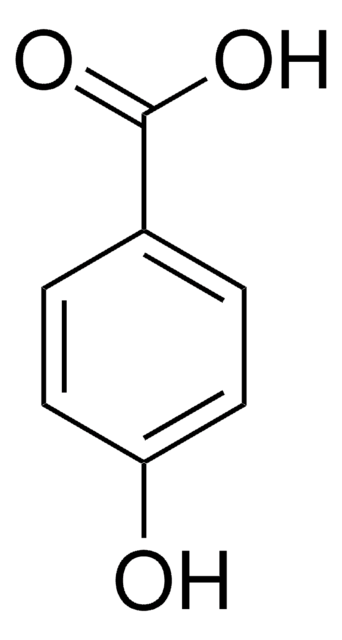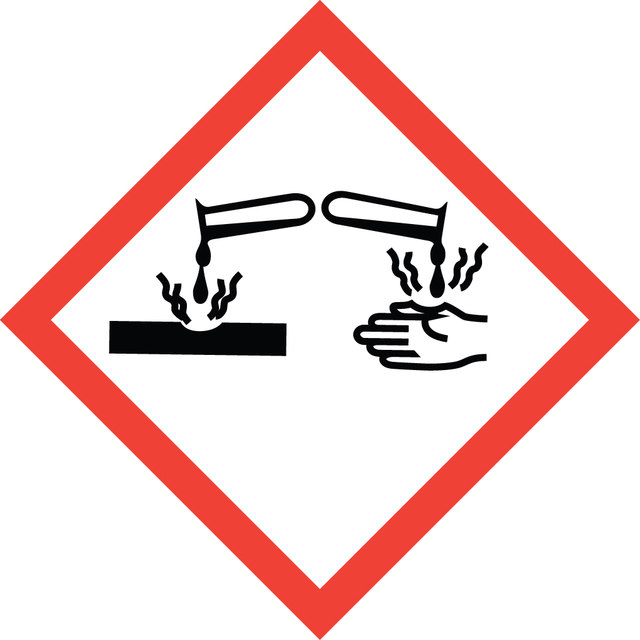PHR1048
4-Hydroxybenzoic acid
Pharmaceutical Secondary Standard; Certified Reference Material
Select a Size
Select a Size
About This Item
grade
certified reference material
pharmaceutical secondary standard
Quality Level
Agency
traceable to USP 1609013
API family
4-hydroxybenzoic acid
CofA
current certificate can be downloaded
technique(s)
HPLC: suitable
gas chromatography (GC): suitable
mp
213-217 °C (lit.)
application(s)
cleaning products
cosmetics
flavors and fragrances
food and beverages
personal care
pharmaceutical (small molecule)
format
neat
storage temp.
2-30°C
Looking for similar products? Visit Product Comparison Guide
1 of 4
This Item | 92596 | 240141 | PHL83051 |
|---|---|---|---|
| technique(s) HPLC: suitable, gas chromatography (GC): suitable | technique(s) gas chromatography (GC): suitable | technique(s) - | technique(s) - |
| application(s) cleaning products | application(s) food and beverages | application(s) - | application(s) - |
| format neat | format neat | format - | format - |
| Quality Level 300 | Quality Level 300 | Quality Level 100 | Quality Level - |
| grade certified reference material, pharmaceutical secondary standard | grade certified reference material, TraceCERT® | grade - | grade primary reference standard |
| storage temp. 2-30°C | storage temp. - | storage temp. - | storage temp. - |
General description
Application
Analysis Note
Other Notes
Footnote
Recommended products
Signal Word
Danger
Hazard Statements
Precautionary Statements
Hazard Classifications
Eye Dam. 1 - STOT SE 3
Target Organs
Respiratory system
Storage Class Code
11 - Combustible Solids
WGK
WGK 1
Flash Point(F)
Not applicable
Flash Point(C)
Not applicable
Certificates of Analysis (COA)
Search for Certificates of Analysis (COA) by entering the products Lot/Batch Number. Lot and Batch Numbers can be found on a product’s label following the words ‘Lot’ or ‘Batch’.
Already Own This Product?
Find documentation for the products that you have recently purchased in the Document Library.
Protocols
Separation of Acetylene; Propyne; Propylene; Propane
2-Butene; 2-Methylbutane; 1,3-Butadiene; Propyne
GC Analysis of Hydrocarbons in Gasoline on Petrocol® DH, Isothermal
Our team of scientists has experience in all areas of research including Life Science, Material Science, Chemical Synthesis, Chromatography, Analytical and many others.
Contact Technical Service

